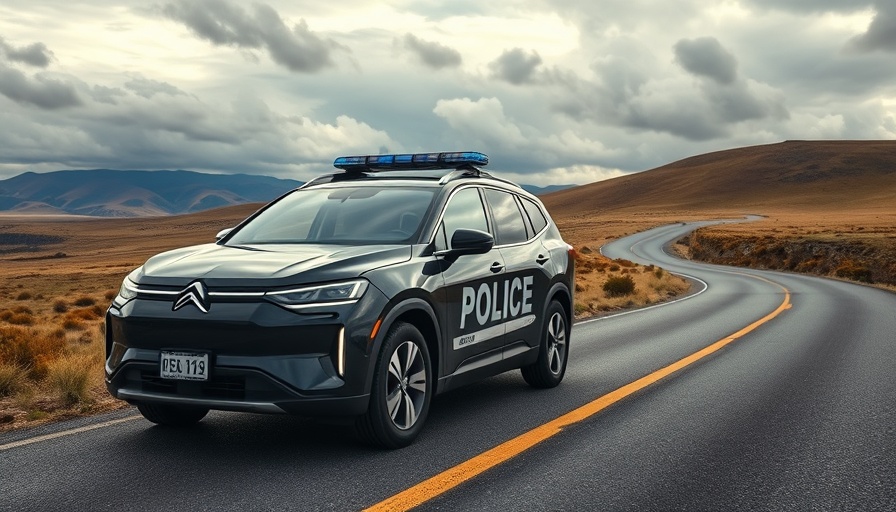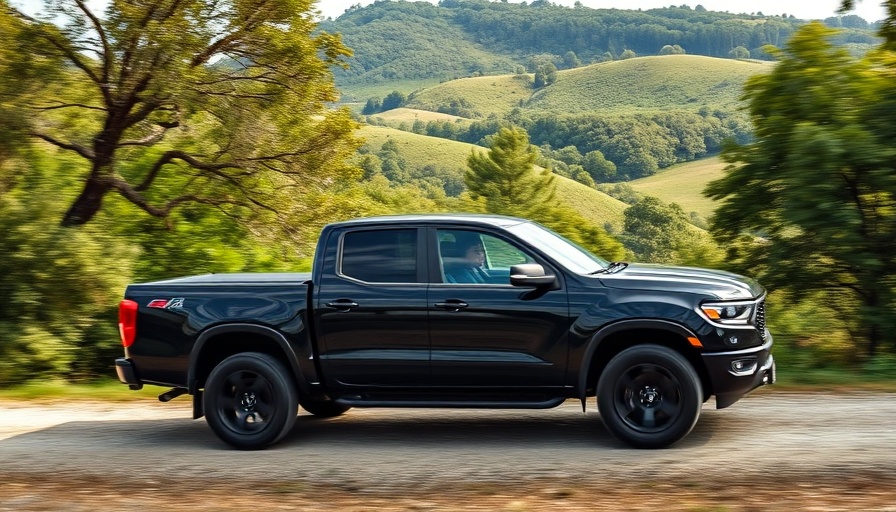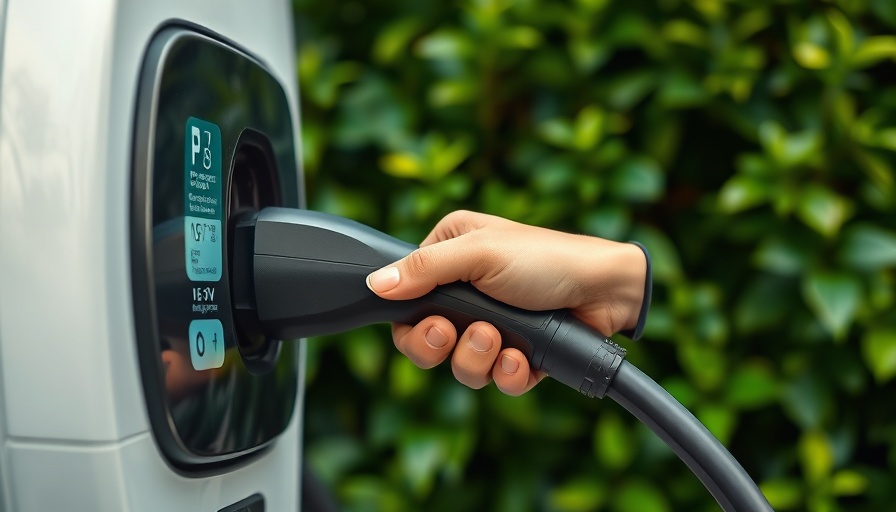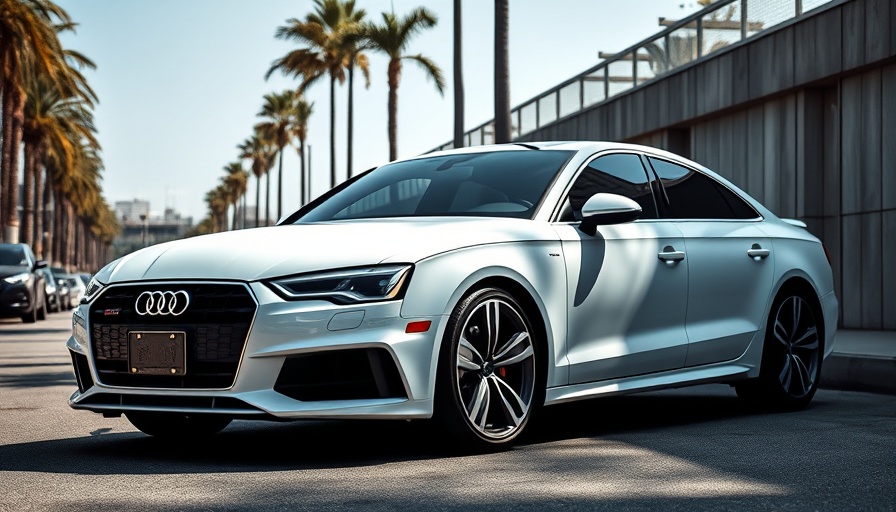
The Michigan State Police Embrace Electric Vehicles
The Michigan State Police (MSP) have made a significant leap into the future of law enforcement by integrating their first-ever electric patrol vehicle into their fleet. As environmental awareness and sustainability gain traction, law enforcement agencies across the country are increasingly looking towards electric vehicles (EVs) to reduce their carbon footprint while fulfilling their duties.
Historical Context: The Rise of Electric Patrol Cars
In recent years, police departments nationwide have started transitioning from traditional combustion vehicles to electric alternatives. The MSP's acquisition of a 2024 Ford Mustang Mach-E marks a turning point, showcasing the potential of electric vehicles in public service. With previous pilots introducing hybrid models, this step represents a more decisive move towards electrification within the state's law enforcement landscape.
Social Impacts: The Benefits of Electric Police Vehicles
Integrating EVs into police fleets not only supports environmental goals but also enhances operational efficiency. Electric vehicles require less maintenance and fuel expenses compared to gas-powered counterparts. Furthermore, the quieter operation of EVs could contribute to less disturbance in residential areas, aiding community relations. By adopting the Mustang Mach-E, the MSP is aligning its practices with broader societal goals of sustainability.
Lessons from Across the Nation
Michigan may be late to the electric patrol vehicle game, but it is not alone in the journey. States like California have already deployed a significant number of electrics in their fleets. The NYPD, for instance, has successfully integrated Ford's EV offerings, setting a standard for others to follow. These examples highlight the feasibility of electric vehicles in demanding roles, encouraging other departments to follow suit as they observe the efficiencies gained.
Future Trends: The Market for Police EVs
The future of electric patrol vehicles looks bright. Multiple automotive manufacturers, including Ford and Stellantis, are exploring dedicated police versions of their electric models, like the upcoming Dodge Charger Daytona. As they roll out, departments will have a wider selection of police-grade EVs tailored to meet the rigorous demands of law enforcement, paving the way for mainstream adoption.
Confronting Challenges: Understanding Limitations
Nevertheless, the transition to electric patrol vehicles does not come without its hurdles. The available choice of models remains limited, and performance characteristics must align with police requirements. Concerns regarding battery life, range, and charging infrastructure need to be addressed for widespread adoption. Departments must be prepared to navigate these challenges to equip their officers effectively.
Call to Arm: A Step Towards Sustainable Policing
The Michigan State Police’s decision to incorporate electric vehicles is a meaningful step toward a more sustainable future within law enforcement. By embracing electric patrol vehicles, agencies can play an active role in reducing their environmental footprint and shaping a greener future. As a vital point of community representation, it’s essential to consider how police departments can adapt and lead with innovative approaches.
 Add Row
Add Row  Add
Add 




Write A Comment